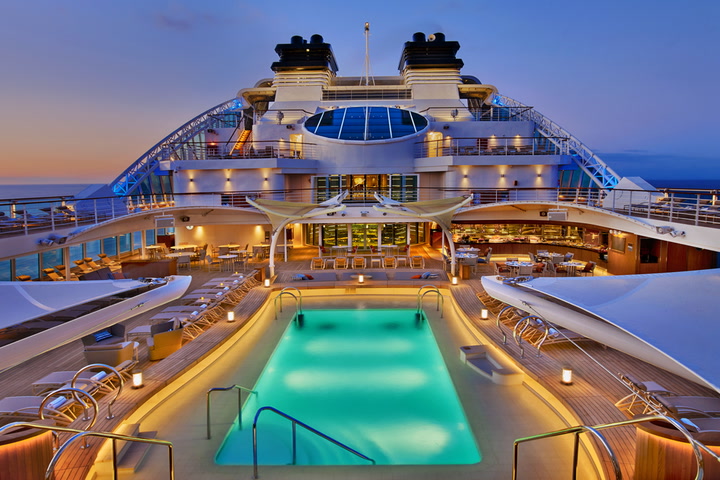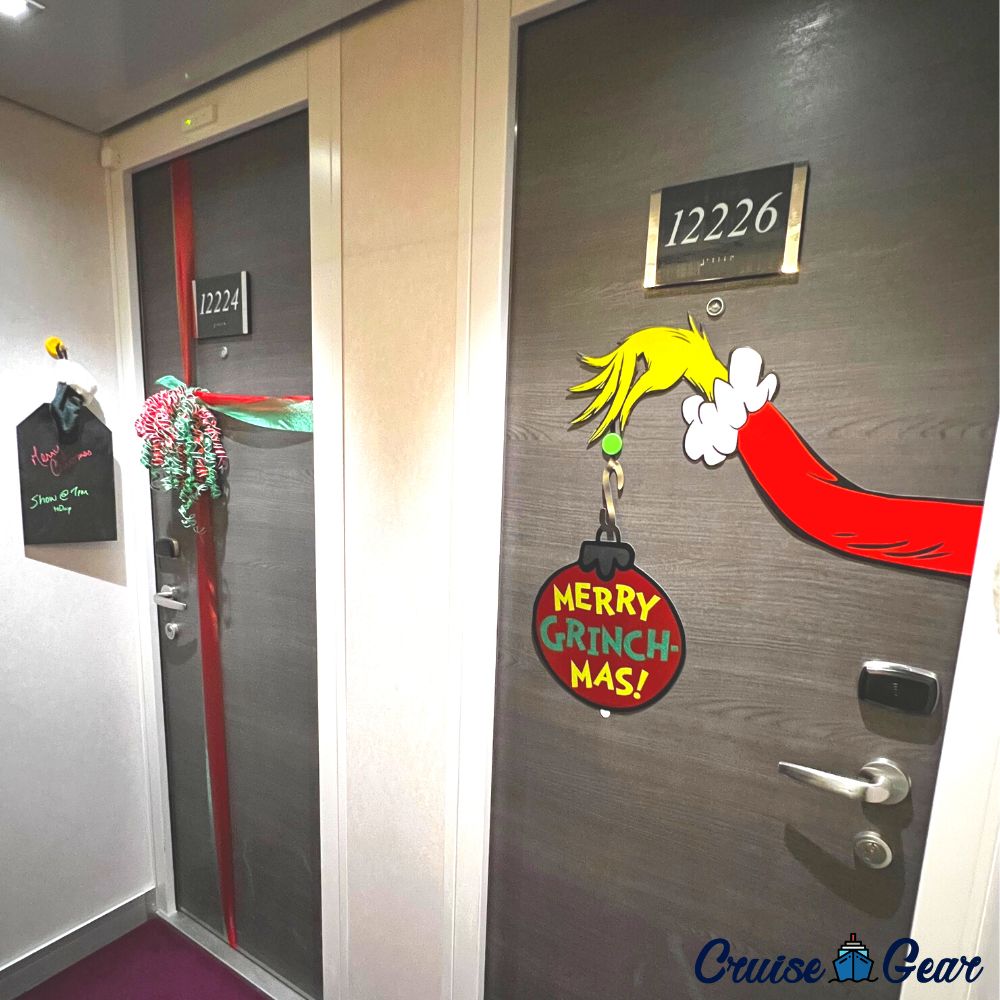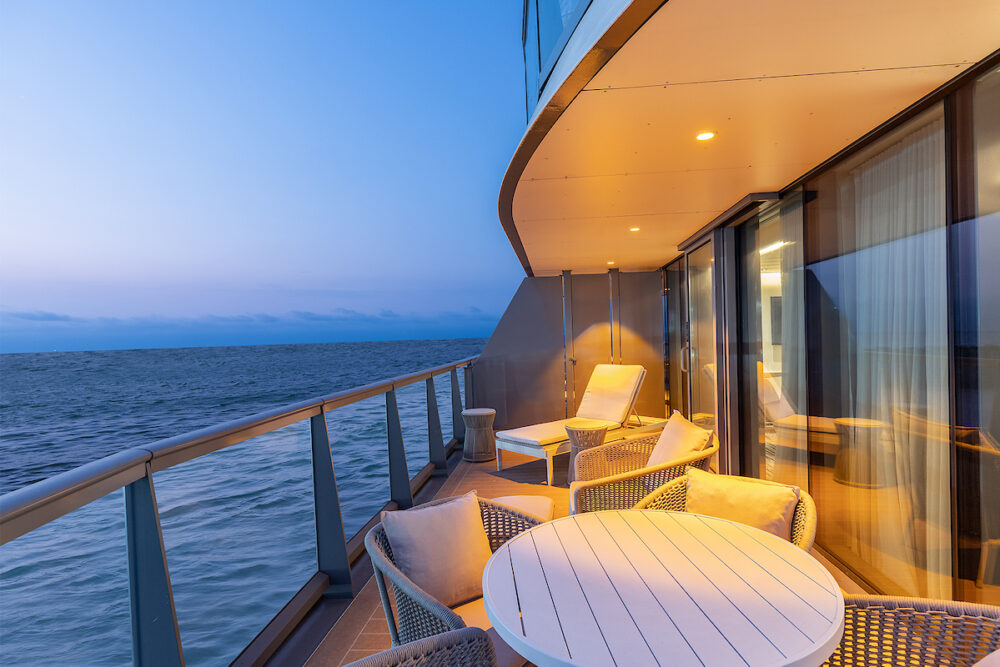Cruise Ship Navigation Tips: How to Never Get Lost on Board
Cruising is a fantastic way to explore the world, but nothing can be more frustrating than wasting precious time trying to find your way around a massive ship. If you’ve ever felt lost on a cruise, you’re not alone. Modern cruise ships are floating cities, often spanning over a thousand feet with multiple decks and seemingly endless hallways. However, with the right cruise ship navigation tips, you can master the layout and navigate with confidence from day one.

Cruise Ship Navigation Tips: Understanding Your Ship Layout
The key to stress-free cruising is understanding the basic layout of your ship. Most cruise ships follow a standard deck plan, with certain features always in similar locations. Public areas, such as the lobby, atrium, and dining rooms, are typically found on the lower to mid-level decks. Cabins are usually concentrated on the upper decks, providing guests with quieter accommodations away from the bustling activity areas. Entertainment venues, including theaters, lounges, and pools, are often located at the forward or aft sections of the ship.
Before embarkation, it is beneficial to study the deck plans online or through the cruise line’s mobile app. Many cruise lines, including Royal Caribbean and Carnival, provide digital maps that allow you to explore the ship in advance. Additionally, consider checking out Cruise Critic for ship-specific layout tips from seasoned cruisers. Knowing these details ahead of time will save you from wandering aimlessly once onboard.
Cruise Ship Navigation Tips: Memorizing Key Landmarks
Once onboard, take note of central landmarks to help orient yourself. Many ships use distinct features to make navigation easier. The atrium or main lobby is often located in the middle of the ship and serves as a great central point to remember. Dining rooms are another critical landmark to locate early, as knowing the exact deck and location of your assigned dining venue will save you time when heading to meals.
Cruise ships often use unique décor and artwork to differentiate various areas. Some cruise lines design their ships with themed areas, making it easier to remember locations. Additionally, some ships use color-coded carpets to indicate different sides of the vessel. For example, Disney Cruise Line uses different colors for port (left) and starboard (right) sides to help guests distinguish directions. By familiarizing yourself with these visual cues, you can navigate with ease and confidence.
Cruise Ship Navigation Tips: Using Elevators and Stairs Efficiently
Elevators can be your best friend or worst enemy on a cruise. During peak times, such as embarkation day or after a theater show, waiting for an elevator can take longer than expected. To avoid frustration, learning how the elevators are labeled is essential. Some ships number their elevators differently based on midship, forward, and aft sections. Checking the directional signs before stepping in will ensure you take the right one.
If your destination is only a deck or two away, stairs are often the fastest way to move around. Many experienced cruisers use the stairs frequently to bypass long elevator wait times, especially when moving between popular areas like the pool deck and buffet. Additionally, choosing the right elevator bank is crucial, as not all elevators go to every deck. Some ships have dedicated express elevators for high-traffic areas, which can be a time-saver if you need to get somewhere quickly.

Cruise Ship Navigation Tips: Creating Mental Maps
Dividing the ship into sections makes it easier to navigate. Think of the ship as three main zones: forward, midship, and aft. The forward section typically houses the theater, observation decks, and spa, while the midship area is home to the atrium, guest services, and select restaurants. The aft section usually contains the buffet, some specialty dining options, and kids’ clubs.
By mentally breaking the ship into these sections, you can navigate more effectively. If you know your cabin is located aft, you can focus on using the rear elevators and nearby staircases instead of wandering through the entire ship. Using this technique ensures that you always have a sense of direction and never feel completely lost.
Leveraging Technology for Cruise Ship Navigation
Most major cruise lines now offer mobile apps that include digital deck plans, activity schedules, and even GPS-based location tracking. The Carnival HUB App provides a deck map and chat feature, making it easier to stay connected with your travel companions. The Royal Caribbean App allows guests to reserve activities and track their location in real time. Similarly, the Norwegian Cruise Line App offers onboard directions and updates on ship activities.
Many ships also feature interactive touch screens near elevator banks to help guests find their way. These screens allow you to enter your destination, and they will provide a visual map showing the quickest route. Utilizing these tools can significantly reduce the time you spend wandering the ship and increase the time you enjoy onboard activities.
Keeping Track of Time and Location
A common mistake cruisers make is losing track of time, which can lead to missing reservations or events. To stay on schedule, use the daily itinerary provided by the cruise line. Whether you prefer a printed schedule or a digital version on the cruise app, reviewing it regularly ensures you don’t miss out on any must-attend activities. Setting alarms on your phone can be particularly useful for keeping track of meal reservations, showtimes, and port stops.
Ship announcements provide important updates about events, docking times, or changes to the itinerary. Paying attention to these messages can help you stay informed and prevent unnecessary confusion. Combining these methods will keep you organized and help you make the most of your cruise experience.
The Buddy System and Asking for Help
If you’re traveling with family or friends, using the buddy system can prevent separation. Agreeing on designated meeting points ensures that if anyone gets lost, they know where to find the rest of the group. Additionally, don’t hesitate to ask a crew member for directions. Cruise staff are knowledgeable about the ship’s layout and can provide quick and accurate guidance.
Personal Tips from Experienced Cruisers

Seasoned cruisers have developed numerous tricks to make navigation easier. Many recommend taking a picture of the deck plan on embarkation day for easy reference. Others count the number of doors from the elevator to their cabin to find it faster. Memory cues, such as “My room is five doors past the ice machine,” can also help you locate your stateroom more efficiently. Some travelers mark their cabin door with a magnetic decoration to make it stand out from similar-looking doors.
For more expert advice, check out our Cruise Cabin Selection Tips: Find Your Perfect Fit guide, which covers how to choose the ideal cabin location to minimize walking distances.
Final Thoughts on Cruise Ship Navigation Tips
With these cruise ship navigation tips, you’ll spend less time lost and more time enjoying your vacation. Whether you’re memorizing landmarks, using ship maps, or leveraging technology, mastering the layout of your cruise ship ensures a stress-free and enjoyable experience. Now that you know how to get around efficiently, be sure to read our Tips on What Not to Do on Embarkation Day to make your departure just as smooth as your voyage!
By following these strategies, you’ll navigate any cruise ship like a pro! Have any tips of your own? Share them in the comments below!
